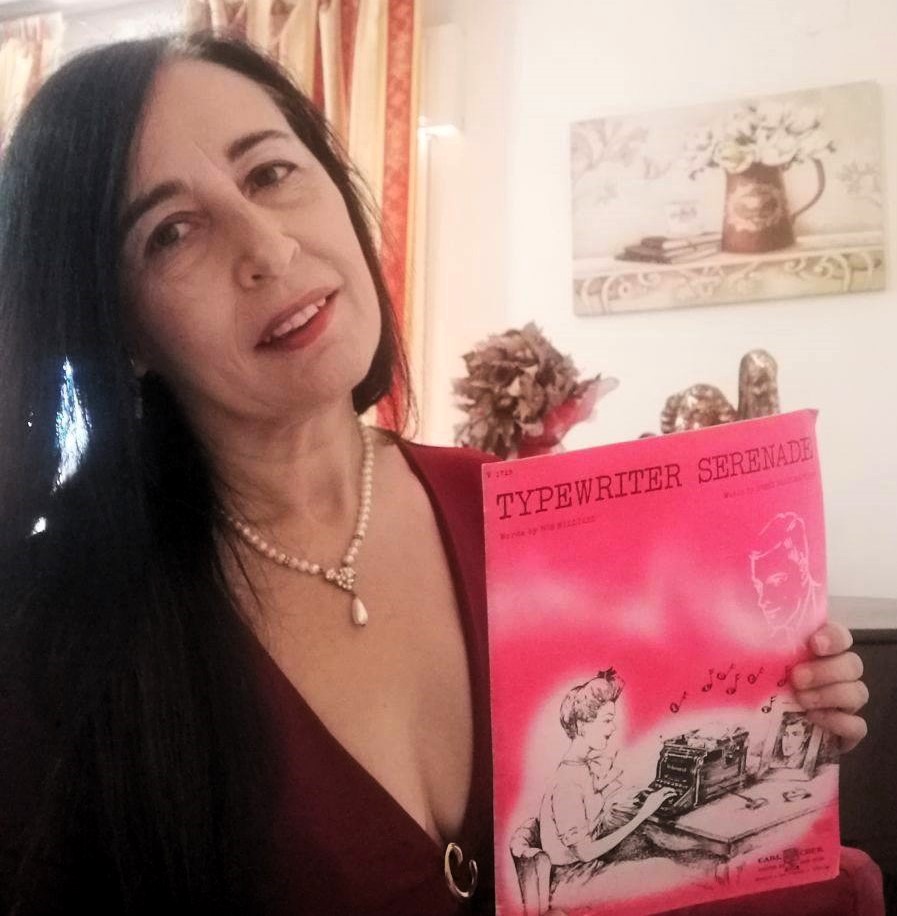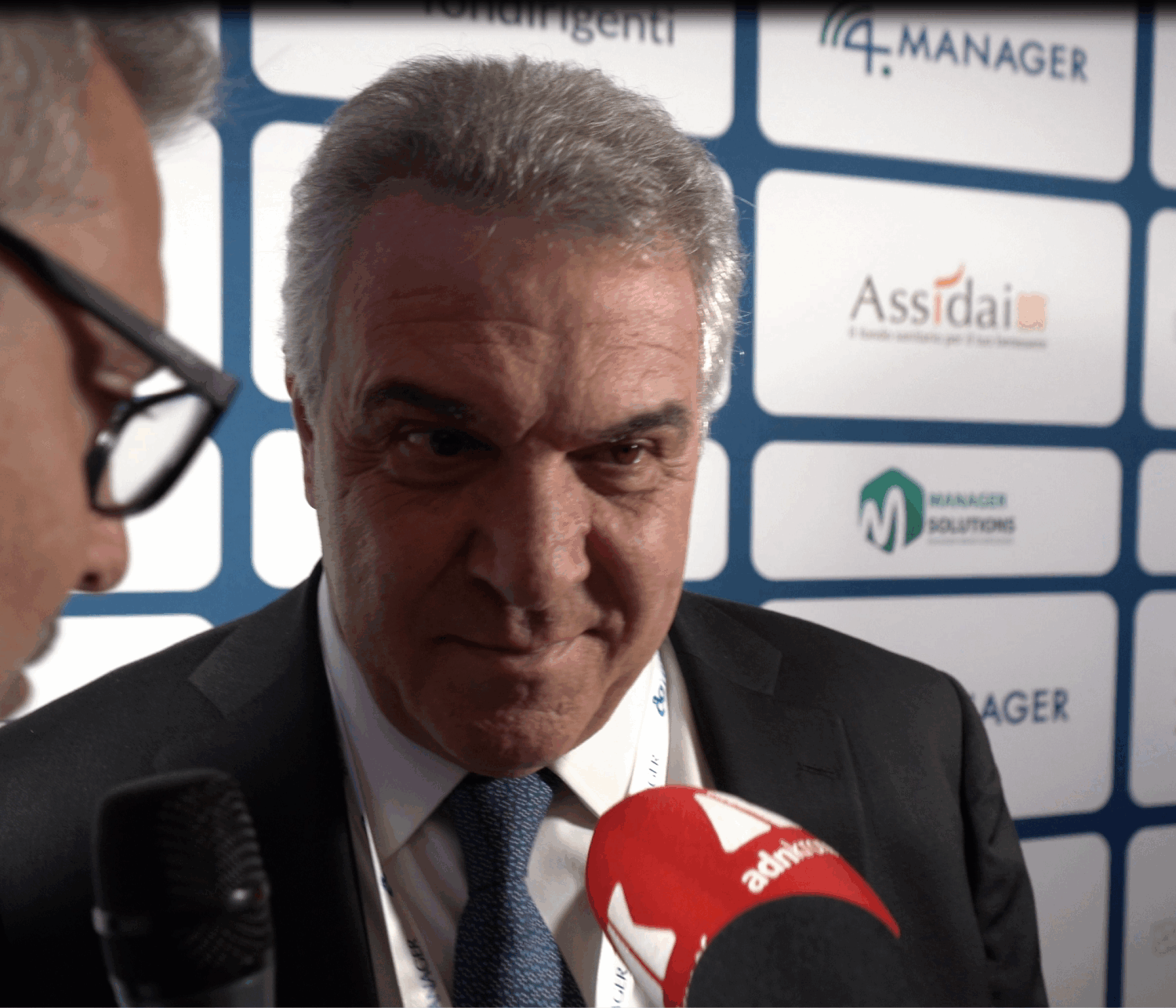Piano player, songwriter and jazz pioneer: Irene Higginbotham was one of the first African American women to conquer the musical scene of New York in the 1940s, writing songs interpreted by legends like Billie Holiday and Nat King Cole. In this exclusive interview, Claudia Aliotta, singer, pianist, composer, teacher, radio and journalist, guides us to the rediscovery of a cultured, innovative and too long remained in the shadow of world jazz.
Claudia, when and from where your interest in Irene Higginbotham arises, to the point where you have made it the subject of your graduation thesis?
As part of my Bachelor of Jazz at the Conservatory of Perugia, I studied “This will make you laugh”, one of the first hits of Nat King Cole. I was struck by the fact that both the text and the music came from the same person, which is not very frequent. The author was Irene Higginbotham, who drew my interest, because he distinguished himself, from the other songswriter I knew, for the variety of musical genres in which he had tried. I started an intense and passionate research on her and finally chose her as the subject of my graduation thesis entitled “The musical versatility of composer Irene Higginbotham”. Thesis in which, in addition to reconstructing his musical career, I was able to compile, thanks to the extensive research carried out, the catalog of his compositions and his recordings. Something no one had ever done before.
Can you draw a profile of this artist, to let her know better or present it to readers of New York?
Irene Higginbotham was born in Worchester, Massachusetts on June 11, 1918. Orphan of mother before two years grew up in Atlanta with her father, teacher, journalist and trombone player and stepmother Carrie, who taught her piano since the age of 5. At age 13 he wrote the first song and at age 15 he began performing as a pianist. At 20, he moved to New York, where his uncle Jack Clayton Higginbotham, his father’s younger brother, as well as one of the greatest jazz trumpets of those years, will introduce her to the New York music world. The debut in New York in the world of music was “Harlem Stomp”, written along with Uncle Jack Clayton, who played in Louis Armstrong’s big band. The trumpeter made his musical song, for the first time at the Cotton Club in 1939, during a concert broadcast by radio, and recorded it a few months later. Armstrong himself will play with Irene and Uncle Jack, in March 1940, two tracks, “Old Man Jeep” and “My Heart Is At Your Command”, which will never be engraved. In 1941 the conductor Benny Goodman chose Irene’s song “That did it Marie” for the debut of a very young singer, Peggy Lee, who would soon become a star of musical signature. In 1941, Nat King Cole successfully recorded “This Will Make You Laugh” and the legendary Cab Calloway played “Mrs. Finningan”, two tracks from Higginbotham. These were his beginnings, but considering his production, what strikes is the variety of genres and musical forms of his compositions. The musicologist Eugene Chadbourne, who attaches a high quality to his works, talks about his danceads as “a rare example of jazz combined with the soap opera”. Some danced, according to Chadbourne’s opinion, are “capolavores, tormented tales of hearts that, although broken, can still beat”. But in the Higginbotham repertoire there are not only songs of lost love. Chadbourne also believes it as a pioneer of the “Doo Wop”, a group polyphonic vocal genre, popular in the 1950s, but Irene also published jive and rhythm and blues. In any case, Higginbotham has always produced good songs, some of which are particularly valuable, both in the harmonious and melodic profile, and also for the quality of the texts, sometimes poetic, but often also fun and ironic.
Irene Higginbotham – Foto pubblicitaria per la canzone That did it Marie
What role did he play in the musical environment of New York and what influences did he produce?
Jazz Storiograph Ted Gioia talks about Higginbotham as a “hidden treasure” and includes among the “five women who helped shape the jazz sound with their songs” along with Lil Hardin Armstrong, Billie Holiday, Ann Ronnel and the Dorothy Fields. In a time when women’s musicists had to struggle to emerge in a musical context dominated by men, Higginbotham managed to cut out his space and gain some visibility in New York. He worked as a songwriter for over 10 years for Joe Davis, also known for launching pianist and singer Fats Waller, as well as for his collaborations with Andy Razaf, one of the greatest composers of the time.
Irene Higginbotham will become the leading author of Beacon Records, the record company that Davis opened in 1942, debuting with “Indiana Blues”, a song that Davis had written right along with her. In the name of the songwriter a new season was opened for Davis, which led to the success of several of his songs. Irene has, therefore, the satisfaction of seeing her popularity grow and soon her songs will be interpreted not only by emerging young people, but also by already known artists. The 1940s were a decade of intense activity for the composer and other prominent jazz names began to be interested in his compositions. Names like pianist Jimmy Jones and singer Billie Holiday. The latter, in particular, decided to record two Higginbotham tracks: “Good Morning Heartache”, paired on the B side of the album to No Good Man. “Good Morning Heartache” is definitely the most famous composition of Higginbotham and has a hundred versions. The songwriter, closed the decade of successes of the 1940s, retired from the record industry in 1953 and fell into oblivion for a twenty-year period, until the extraordinary success of the film “Lady Sings the Blues” of 1972, on the life of the singer Holiday, did not bring to the attention of the general public his song, which in the version of Diana Ross reached eighth place in the “Billboard”. The Fifties saw the arrival of other singers in the Davis record stable and, as usual, part of their repertoire came from the Higginbotham pen. Other instrumental songs were recorded, but after 1953, the year of his marriage to Moetahar Padellan, the news about the composer began to decline. Abandoned the scenes, Irene worked as a stenograph in a government office, but lived enough to witness the international success of her “Good Morning Heartache”.
To prepare your thesis you consulted and had access to a large number of texts and documents. What did they bring your research into her?
My research was based on news available in specialized literature, such as Bruce Bastin’s book “The Melody Man: Joe Davis and the New York Music Scene, 1916-1978”. On the web I consulted the writings of known scholars, such as Chet Williamson, known for his research on the musicians of Worchester, magazines, such as Billboard, books, copyright catalogs and other genres. Through a work of study and research, a number of incorrect news has emerged on her about the patrity of some songs (for a different time it has been confused in fact with another African American songwriter named Irene Kitchings), but even more have gone up to a number of compositions far superior to those officially attributed, thanks to the consultation of copyright catalogs. The few biographical sources named about fifty songs or instrumental songs, while the catalogue I managed to compile is currently around 120 compositions. I tracked and acquired several original scores at the University of Georgia and discovered that others were at the New York Public Library and other American libraries, some even in London. It was exciting to discover the existence of many new songs like “I’ve got to change my ways” written with Nat King Cole or “Sweet Talk” whose text is by Andy Razaf. That Irene Higginbotham has not gone unnoticed in the years Forty shows him his inclusion in the Who’s who in America in 1948, a publication specialized in biographies of important characters. The premature withdrawal from the scenes, the use of several pseudonyms, the confusion generated by the exchange of identity, made it possible, in time, unfortunately, to lose the memory of this valuable composer.
Stralci degli spartiti manoscritti delle due composizioni a firma di Louis Amstrong e Irene Higginbotham
You even made a trip to New York to somehow find his tracks, even through contact with his relatives. What can you tell us about that stay and those meetings?
With New York it was love at first sight, I miss it very much. My stay was thrilling and full of satisfaction. I have seen the legendary Brill Building, the building where the offices of many record companies were located, including Joe Davis. I could touch one of the places where Irene used to go to work. I was at the wonderful New York Public Library to recover some scores (there are 17 of Irene Higginbotham) and also at the Schomburg Center for Research in Black Culture, where I acquired a series of rare photographs that concern both Irene and her uncle Jay C. Another great satisfaction was to succeed, with the permission of the Louis Armstrong Educational Foundation in New York, to see closely and photograph the manuscripts of the two songs written by Irene with Louis Armstrong, kept at the Library of Congress in Washington. Among the most exciting events, lived in the Big Apple, are to include meetings with Irene’s cousins: Trombonist Joe Orange with his sister Rosemary and Wendy Higginbotham. Joe, where I was a guest at his residence in Maryland, provided me with several important information on Irene’s life. Rosemary then made me a sensational revelation. I asked her why there was a photo of Irene with Marlon Brando and she told me that in the years when Irene lived with her in New York, Brando, too, had been a guest, in the mid-1940s, for a different time, in her apartment.
Your commitment to spreading Irene Higginbotham’s musical heritage in Italy has been going on for years. What were the most significant events put in place in this regard and what projects do you have for the future?
Immediately after graduation with the thesis on her in 2014, I dedicated her, at the Onaosi Theatre in Perugia, a first monograph concert, broadcast by radio and followed also by her relatives in the United States. I then passionately resumed my research on her, discovering other unpublished and buying original records of the 1940s. On the occasion of the centenary from birth I could, thanks also to the photos received by cousin Joe Orange and his nephew, the drummer Marc Freeman, set up the first exhibition on her where I exhibited scores, records, photos and newspapers of the years Forty and I told his story. This event, realized with the support of the cultural center Music Farm of Perugia of drummer Juri Pecci and singer Maria Fiorelli, was combined with a concert in which I performed unpublished or never engraved tracks. I held other exhibitions and concerts on her in Città della Pieve, Tolentino, Assisi and Spoleto, but it was at the Castello della Rancia di Tolentino in Marche, which, for the first time, were exposed the manuscripts of the songs signed by her and Louis Armstrong. Songs performed, then, by me in concert, in the world premiere, accompanied by pianist Manuel Magrini, during the Tolentino Jazz Festival. Currently my commitment to Higginbotham is mainly concentrated in the writing of my book on her, to be published, if everything is okay, by June 2026.
L’articolo Irene Higginbotham: the hidden face of jazz proviene da IlNewyorkese.






